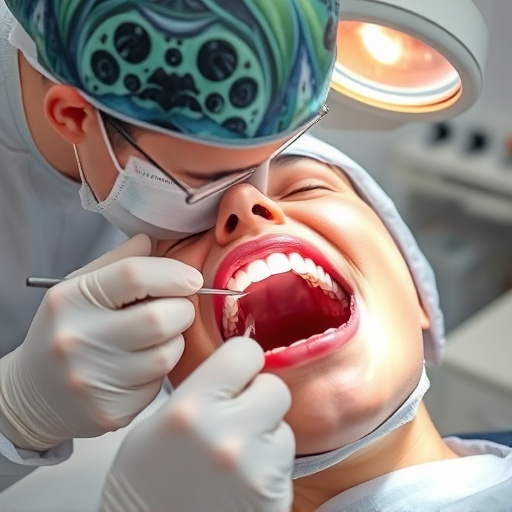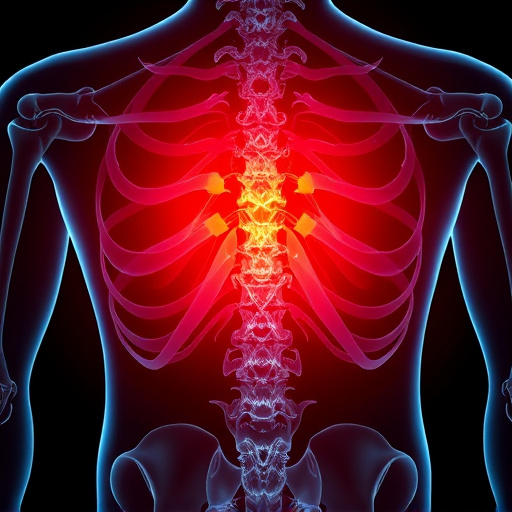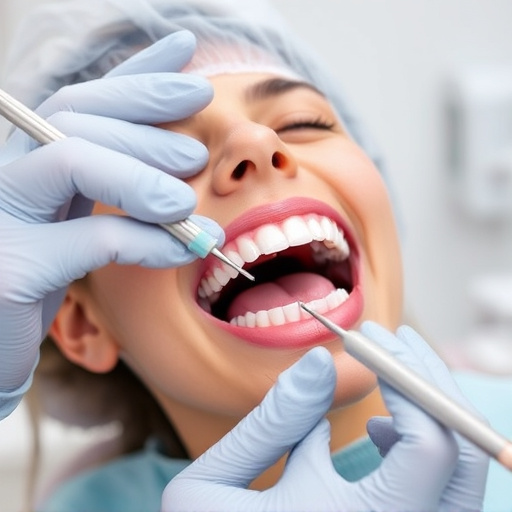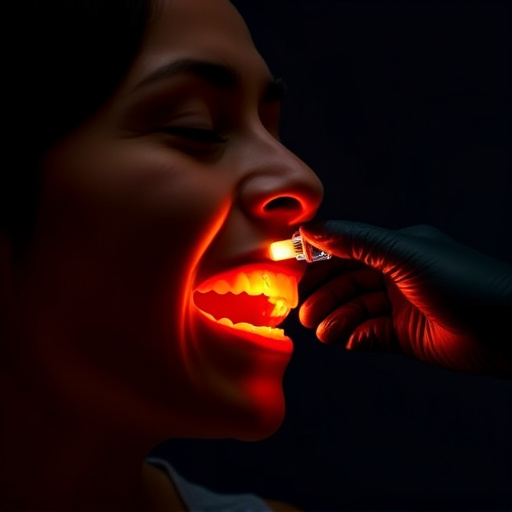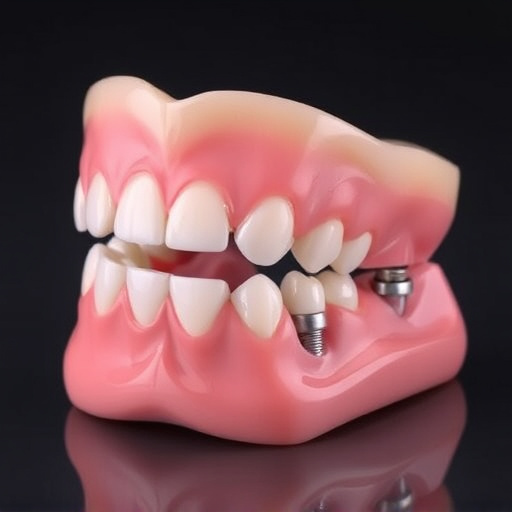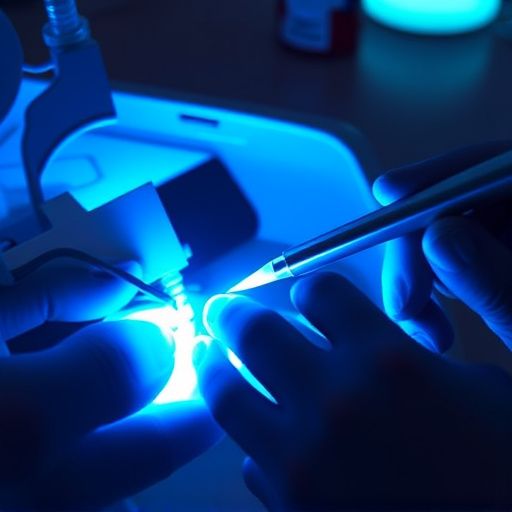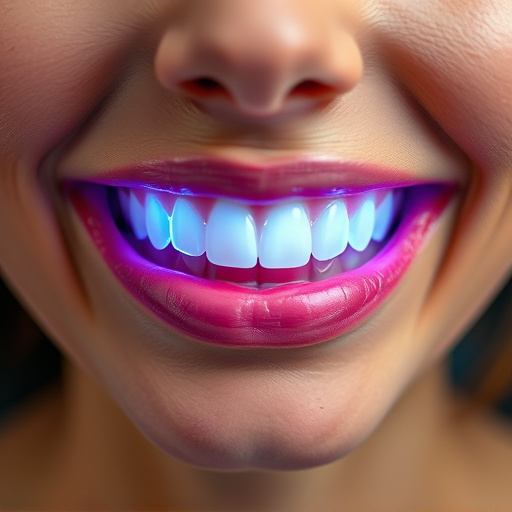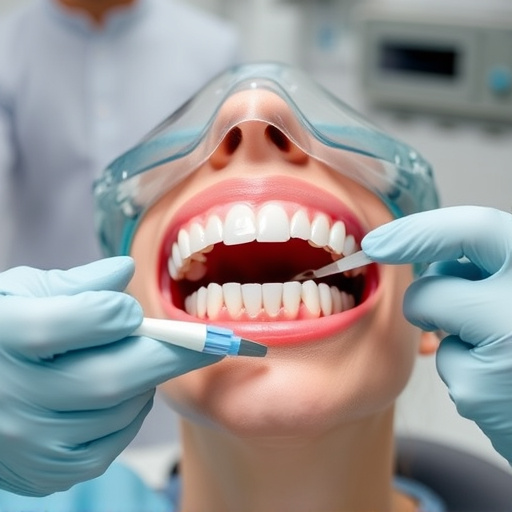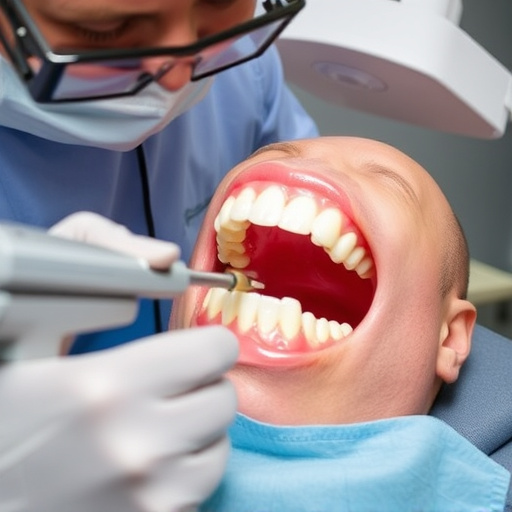Oral cancer screening during routine dental check-ups is crucial for early detection, improving treatment outcomes. Key risk factors include tobacco use, alcohol abuse, HPV infection, and previous oral lesions. Early signs are persistent sores, bleeding, swollen lymph nodes, and changes to teeth or oral tissue. Dentists use advanced techniques to identify potential issues, offering less invasive treatments with shorter recovery times. Regular screenings, robust oral hygiene, and preventive measures like dental implants reduce risks, even for high-risk patients.
Oral cancer screening is a powerful tool in the fight against this deadly disease. By detecting cancers at early stages, screenings offer a better chance for successful treatment and survival. This article delves into the importance of regular oral cancer screenings, exploring risk factors, early signs, and effective prevention strategies. Understanding these aspects can empower individuals to take control of their health and make informed decisions regarding their oral cancer risk.
- Understanding Oral Cancer: Risk Factors and Early Signs
- The Power of Regular Screening: Detecting Cancers Early
- Effective Prevention Strategies: Reducing Your Risks Post-Screening
Understanding Oral Cancer: Risk Factors and Early Signs

Oral cancer, a type of cancer that develops in the mouth or throat, is a serious condition with potentially devastating outcomes if detected late. Understanding the risk factors and early signs is crucial for early intervention, which significantly improves treatment outcomes. Many cases of oral cancer are discovered at advanced stages, making regular oral cancer screening an essential defense mechanism.
Risk factors include tobacco use (smoking or chewing), excessive alcohol consumption, a history of head or neck radiation therapy, and certain viral infections like HPV. Additionally, people with a family history of oral cancer or those who have previously had lip or oral lesions are at higher risk. Early signs may include persistent mouth sores, unusual bleeding in the mouth, swollen lymph nodes, and changes in teeth or oral tissue, such as red or white patches, ulcers, or lumps. Regular teeth cleaning and restorative dentistry procedures, including cosmetic fillings, can also aid in identifying potential issues early on during routine check-ups, emphasizing the importance of consistent oral care.
The Power of Regular Screening: Detecting Cancers Early

Regular oral cancer screening is a powerful tool that can significantly improve outcomes for patients. Early detection plays a crucial role in successfully treating and managing this disease. Oral cancer, like many others, has a higher chance of successful treatment when caught at an early stage. During routine dental check-ups, dentists can perform these screenings, using advanced techniques such as visual exams, specialized lighting, and innovative technologies to identify any unusual lesions or growths that may indicate the presence of oral cancer.
By incorporating oral cancer screening into regular dental care, individuals can benefit from less invasive treatments and shorter recovery times. Moreover, it empowers patients to take a proactive approach towards their oral health, ensuring peace of mind and enabling prompt action if any concerns are identified. Even for those with no visible symptoms, regular screenings can detect subtle changes, making early intervention possible before the cancer progresses to later stages, where treatment options become more complex and less effective.
Effective Prevention Strategies: Reducing Your Risks Post-Screening

After an oral cancer screening, it’s crucial to understand that prevention is key to maintaining good oral health. While early detection through screenings is vital, taking proactive steps post-screening can significantly reduce your risks further. One effective strategy is adopting a robust oral hygiene routine; regular teeth cleaning sessions and at-home practices like brushing and flossing are essential in eliminating potential risk factors.
Additionally, some patients may benefit from specific treatments or interventions. For instance, those with high risk might consider dental implants as a preventive measure, replacing vulnerable natural teeth. Even clear aligners, which are popular for aesthetic purposes, can contribute to oral health by promoting proper jaw alignment and reducing the chances of tooth damage or misalignment, indirectly lowering the cancer risk.
Oral cancer screening is a powerful tool that can significantly improve outcomes for those affected. By detecting cancers early, regular screenings can prevent late-stage diagnoses and provide better treatment options. Combining this practice with effective prevention strategies ensures a robust defense against oral cancer. Embrace the knowledge gained from understanding risk factors, be proactive in your healthcare, and prioritize oral cancer screening to safeguard your health.


